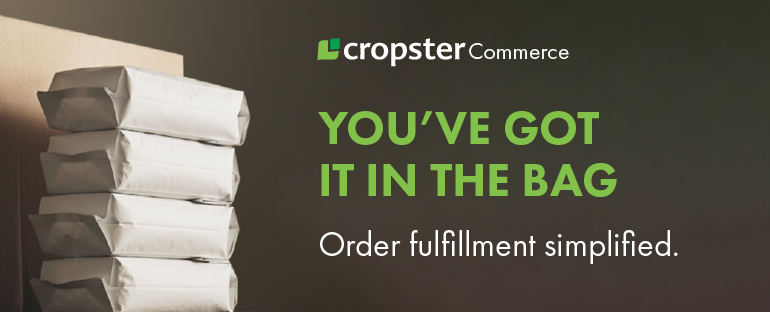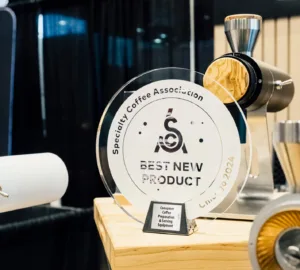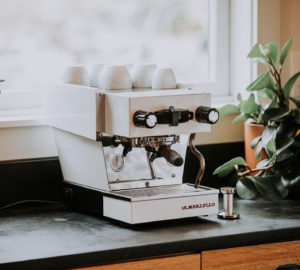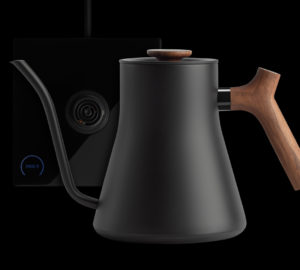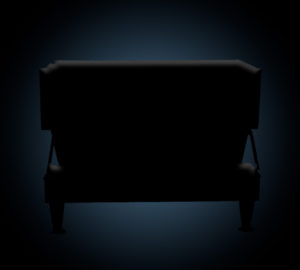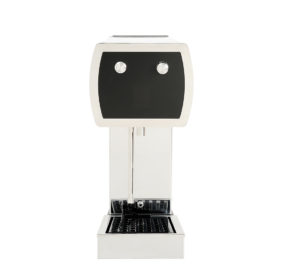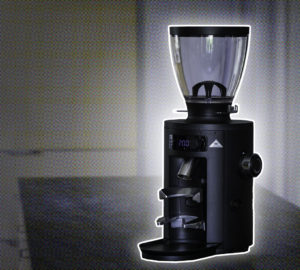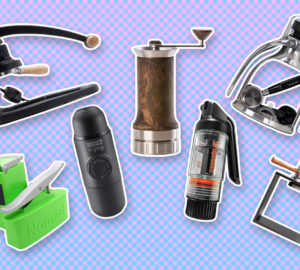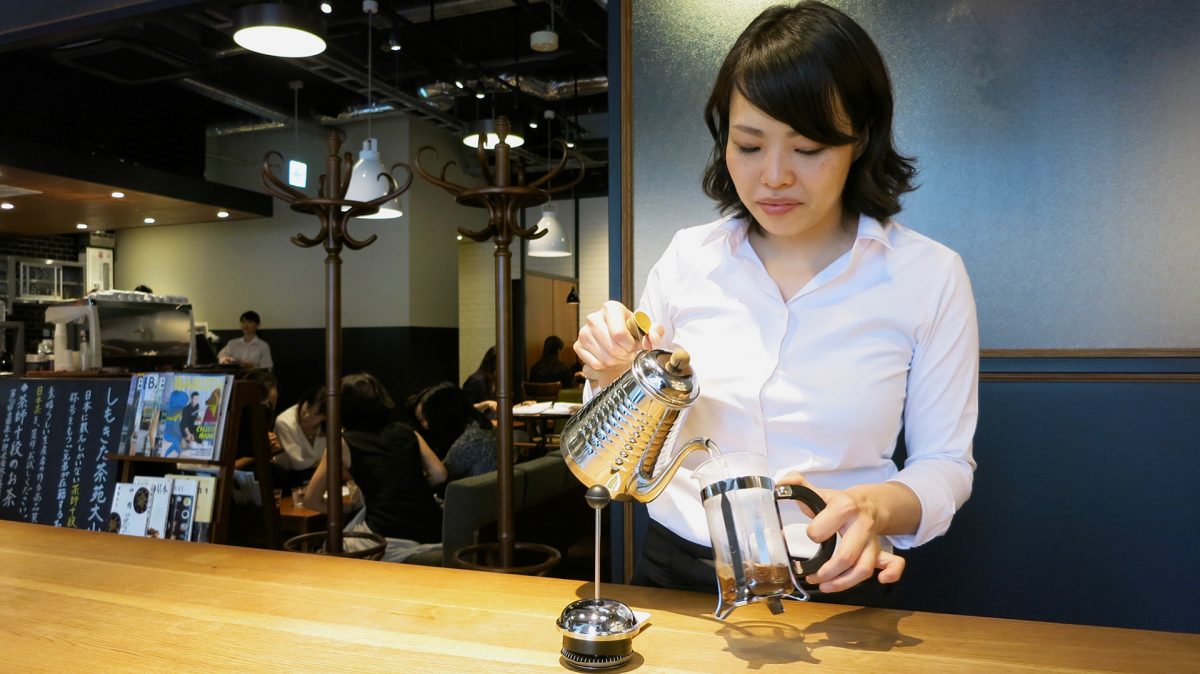
Consider the French Press
The French press is one of the most well-known and recognizable coffeemakers ever made. It’s a brewer with crossover appeal; you’re just as likely to find one at your Grandma’s house as you are at your hardcore single-origin-only coffee nerd friend’s dedicated coffee nook (albeit somewhere near the back). When my first child was soon to be born, USBC champion Charles Babinski bestowed upon me advice given to him by WBC champion Stephen Morrissey about those trying first months of parenthood: “Get a French press.”
Throughout the years, the French press has been redesigned (and redesigned and redesigned and redesigned…), each one touting a revolutionary new take on the time-tested brewer, with varied results. And for good reason: the design of the original French press is basically perfect. That’s not to say that the coffee it produces it necessarily ideal for all tastes (mine included), but there’s no small amount of genius to its ease and functionality. When I first learned plunging down the coffee grounds all but stopped the extraction, my little baby coffee mind was absolutely blown.
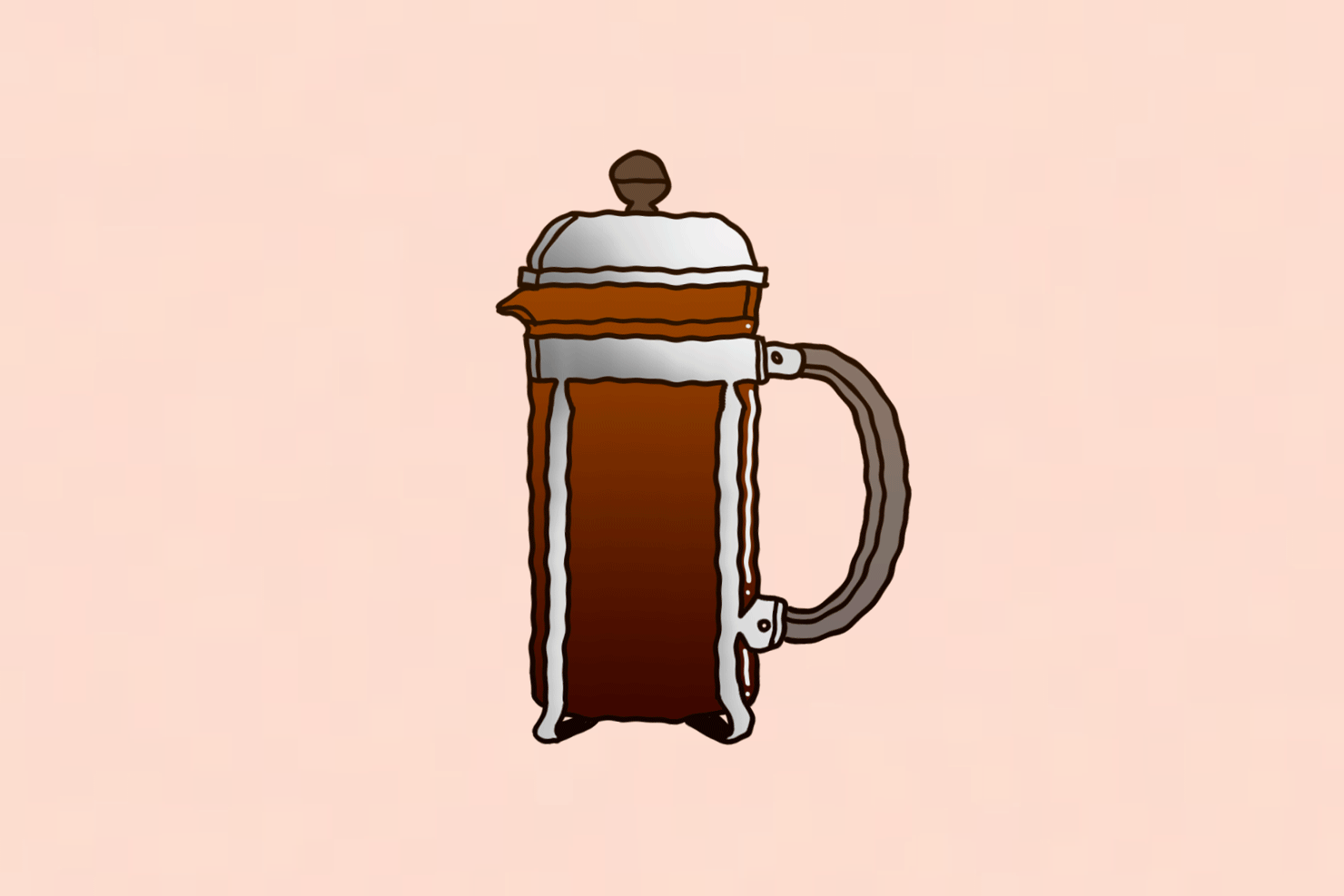
Why is it called a “French” Press?
But even after all these years, there has been one factoid about this timeless brewer that has alluded me: why is it called a “French” press? Though specialty coffee has seen an explosion in popularity in France over the past decade, the country isn’t historically associated with coffee consumption the way, say, Italy or the Scandinavian countries are. So why is it a French press? To find out, we dove into the somewhat contentious history of the brewer to learn where it all began.
Like cafe staples avocado toast and flat whites, the origins of the French press—or the much cooler “cafetière à piston” as it is called in France—are much disputed, with both France and Italy claiming themselves as the originators. If the absolutely wonderful origin story has any truth to it, delegates from both countries had some hand in the French press’s creation.
As the story goes, an old Frenchman from Provence would go for a walk each day, taking with him some food, firewood, and a pot to make coffee. Every day, the old man would rest at the midpoint of his amble and make himself a coffee by boiling grounds over an open fire. One day, the man forgot to add the grounds before boiling the water. Realizing his mistake, he pulls the pot off the open fire to add the grounds, which then floated on top of the water instead of sinking to the bottom like they normally did when boiled. As luck would have it, an Italian merchant was walking by at the time, who just so happened to have in his possession metal screens for sale. The old man quickly purchased one and used a stick to push the screen—and the floating coffee grounds—to the bottom of the pot.
When the old man took a sip of the brew, a giant grin came across his face, much to the wonderment of the Italian merchant. After giving the merchant a taste, the two men agreed it was the best coffee they had ever tasted. The story goes that the two men, one French and one Italian, went into business together and made a small fortune selling their coffee brewer with a plunger.
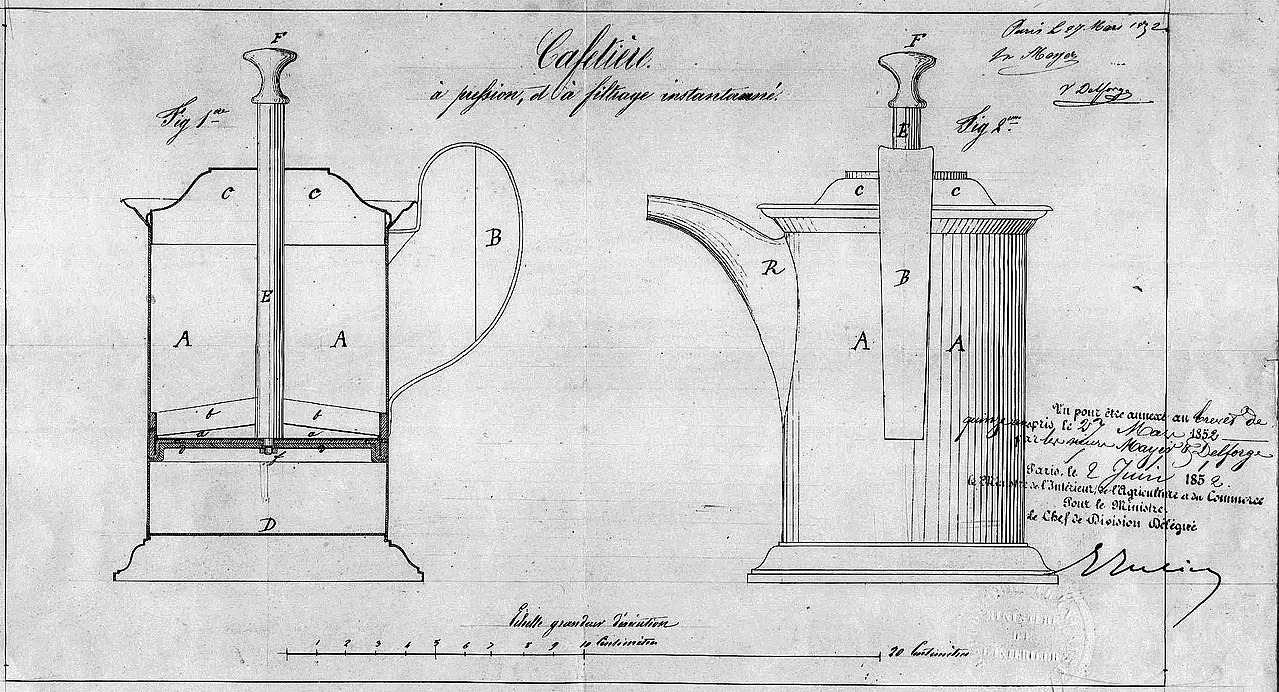
Is the French Press really from France?
As delightful as this tale of multinational cooperation is, what we know of the rest of the French press’s history doesn’t quite bear it out. The first known record of the coffee brewer comes via a patent for a sort of proto-French press filed by two Frenchmen, Henri-Otto Mayer and Jacques-Victor Delforge, all the way back in 1852. The Mayer and Delforge model wasn’t able to produce a proper seal inside the vessel, allowing for grounds to escape the plunge and for improvements to be made.
The first appearance of the French press as we more commonly see it today comes via another patent, this one in the United States by Italians Attilio Calimani and Giulio Moneta in 1929. Since then, the French press has been patented time and again, including 1958, when Swiss inventor Faliero Bondanini patented his own version, which we now know as the Chambord. Fast forward to the 21st century and Dutch-swiss houseware brand Bodum has become all but synonymous with the French press, much in the same way Southerners refer to all sodas as a “Coke”.
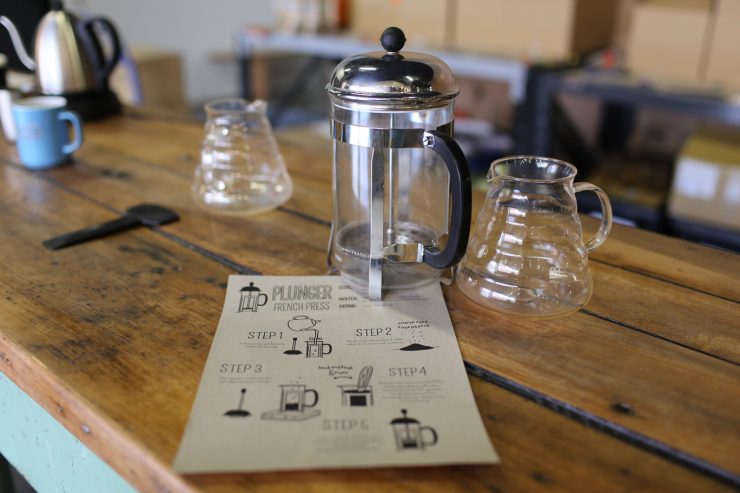
Today, just about every home goods company has some version of a French press. They are ubiquitous, and save for a few minor changes here and there, they are all generally the same and not too far from the original, near-200-year-old design. Which gets us back to the original question, why is it called a “French” press? The answer, with all its many wonderful twists and turns and international touchpoints, is simple: why, because it is French, of course.
Zac Cadwalader is the managing editor at Sprudge Media Network and a staff writer based in Dallas. Read more Zac Cadwalader on Sprudge.














